To develop the transportation services business, companies need to design a logistics website. CanhCam website design services provide optimal design solutions, high security, and a well-thought-out content strategy, helping businesses effectively develop their brand.
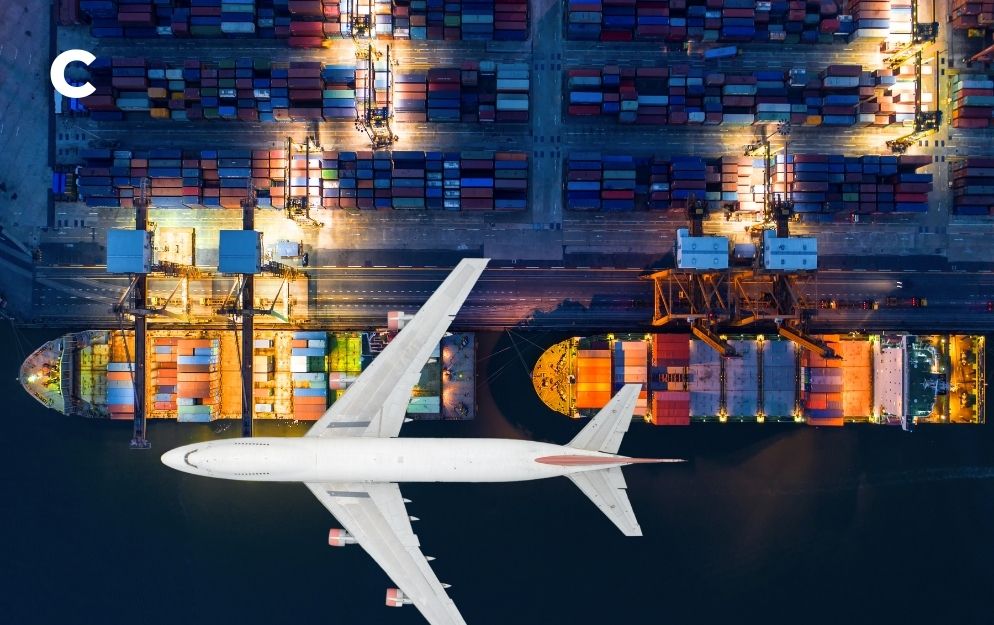
What Are The Benefits of Designing a Logistics Website?
- Build Trust with Customers: In the logistics industry, customer trust is essential. A well-designed website with clear information about your company and services builds credibility and shows potential clients you're a reliable partner.
- Promote Your Brand 24/7: Your website is a powerful branding tool that works around the clock. Unlike traditional advertising, it offers unlimited space to showcase your brand identity, services, and expertise to a global audience.
- Clearly Explain Your Services: Use your website to describe your logistics services. Include clear and concise written content along with high-quality images and videos to make it easy for potential customers to understand your offerings.
- Attract Potential Clients: A well-designed logistics website helps you reach a wider audience and attract new clients. By improving your online presence, you can expand your market reach and grow your business.
- Essential Business Tool: Your website is a central hub for your logistics business. It allows you to showcase services, offer shipment tracking, provide company information, and answer frequently asked questions – all in one convenient location.
- Cost-Effective Marketing: Compared to traditional advertising methods, a website offers a more cost-effective way to promote your logistics business.
- Increase Market Visibility: A strong online presence helps you compete effectively in the logistics market. By improving your website's ranking in search engines, you can gain visibility over competitors and attract more potential clients.
Visit our services: Website Design Company in Melbourne
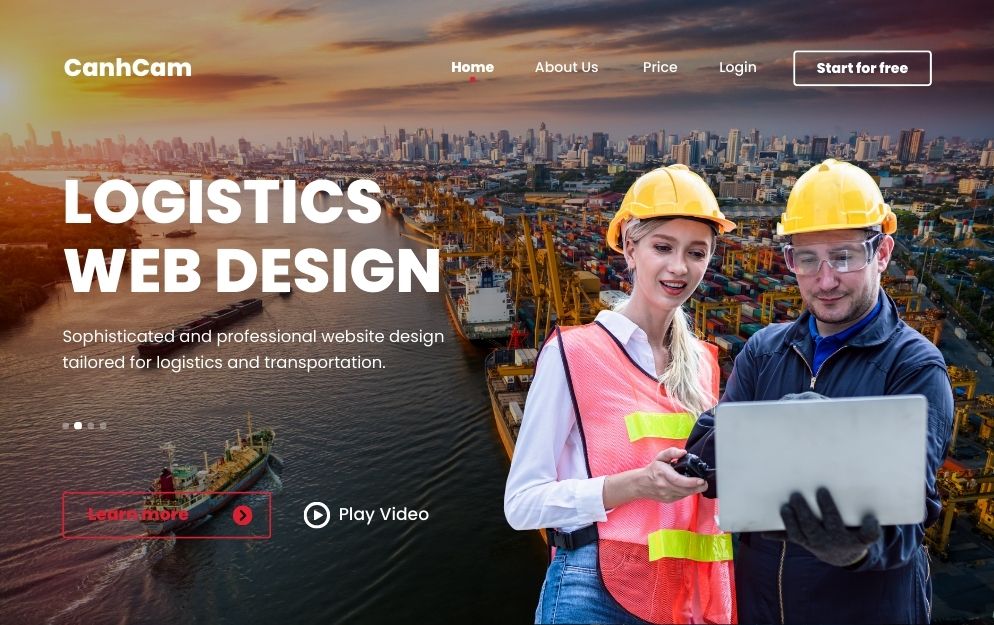
The Standard Structure of Designing a Logistics Website
When designing a logistics website, it's important to ensure the website includes the following basic components:
- Home Page: Overview of the company, services, and the company's competitive advantages. It should also feature industry news, customer reviews, and partner logos
- About Us: Detailed information about the company (history, vision, mission), capability profiles, team members, and prominent partners
- Services: The services section can be divided into a main page and subpages. The main page provides a general introduction to the services offered, while the subpages offer detailed descriptions of specific services, often with vivid illustrations through images. In the field of logistics, services may include transportation, cargo inspection, storage, labelling, distribution, customs procedures, and more
- News: This section provides internal information, industry news, and articles that share advisory information, which is beneficial for SEO
- Contact: The contact section offers complete contact details, including addresses, emails, hotlines, and fax numbers for the main headquarters, branches, and transaction offices. It may also include maps and contact forms to enhance credibility
- Other Pages: Additional pages can be designed based on the business's needs, including login, registration, recruitment, shareholder information, and company regulations
When presenting content on a logistics website, it's essential to be concise and informative. Given the international nature of the logistics industry, it's important to offer the website in multiple languages, including Vietnamese, English, Chinese, and other common languages.
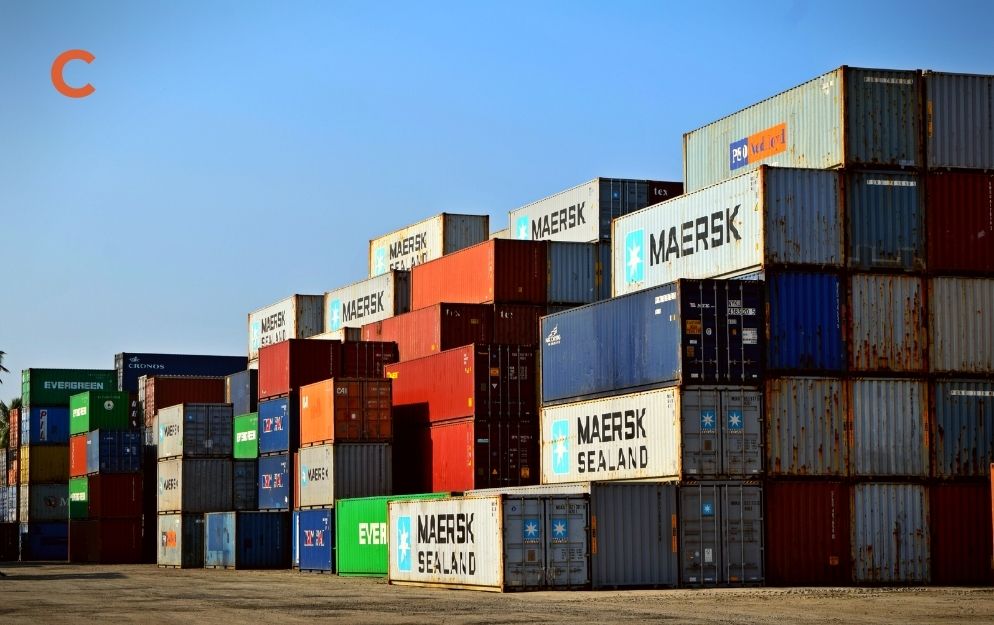
Additionally, when aiming for professional operations, businesses can consider adding features like:
- Tracking: This feature allows users to check shipment schedules and track their cargo in transit. It can provide accounts for shippers to monitor the status of their goods, making it particularly suitable for courier companies, air cargo transport, shipping companies, and international freight forwarding
- Voyage Schedule: This feature is for businesses operating in passenger transport. Keeping the schedule of various voyages up to date helps customers easily book tickets and find information when needed
- LCL Container Loading Schedule: This is for customers with small shipments who want to view schedules to consolidate their cargo with other shipments on the same transportation route
In the logistics industry, there are specific terminology, directories, and document management systems that are crucial for better serving customers and differentiating a business from its competitors
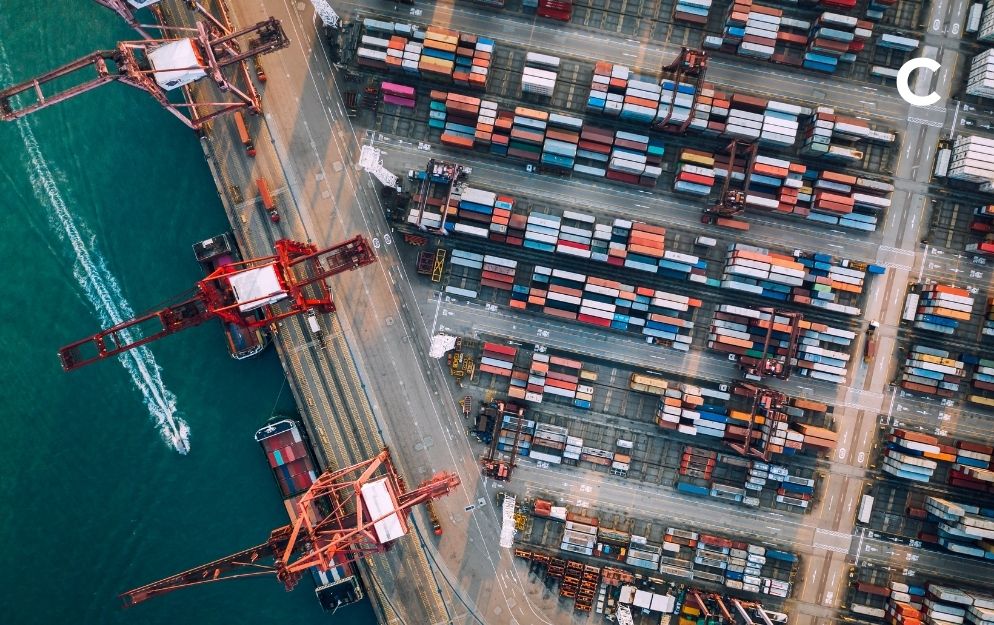
Professional and reliable logistic website design services at CanhCam
You can consider professional web design services at CanhCam for your logistics website design needs. Their experienced team of IT and technical experts with in-depth knowledge of the transportation industry can provide the most suitable and optimized web design solutions for your business.
The experienced team at CanhCam ensures website development with a beautiful interface, optimal structure, intelligent features, and SEO compliance, making it easy to find on the Internet.
CanhCam offers professional web design services with a strong focus on security and content optimization. By choosing CanhCam's website design services, you can have full confidence in the security of customer information and business data, ensuring that they remain confidential and protected.
In addition to building an optimized website with a user-friendly interface, CanhCam places great emphasis on arranging content in a way that highlights your business's strengths and advantages for effective communication and promotion.
Moreover, CanhCam provides a comprehensive content strategy that delivers impressive content for your logistics services, setting you apart from competitors and building a sustainable competitive advantage.
Logistics Website Design Process at CanhCam
Step 1: Consultation and Analysis of Customer Needs
CanhCam's consulting team meets with customers to discuss their website design requirements and objectives. They gather essential information about your business, including products, services, and logos.
CanhCam's consulting team will provide suitable web design solutions based on the information they gather. They will recommend the layout, website interface, and functions that align with your business needs and those of your future customers.
Step 2: Design Interface Layout
Once you and CanhCam have agreed on the interface, structure, content, and functions of the website, the design team will start creating detailed interface layouts (demo) for the homepage and other required pages.
The interface demo is presented in the form of images, giving you a comprehensive overview of the website's design. This step ensures that the website aligns with your brand and requirements.
Step 3: Programming and Website Completion
After you are satisfied with the interface demo, CanhCam's programmers will start developing the website based on the features and interface you've requested. The entire set of features is designed from scratch to ensure the website runs smoothly when completed
Step 4: Guiding Customers in Website Management
Once the web programming is completed, CanhCam's consulting team thoroughly checks the entire website system to rectify any errors. After all parts of the website are completed, they will meet with you to guide you on how to use and develop the website according to your needs
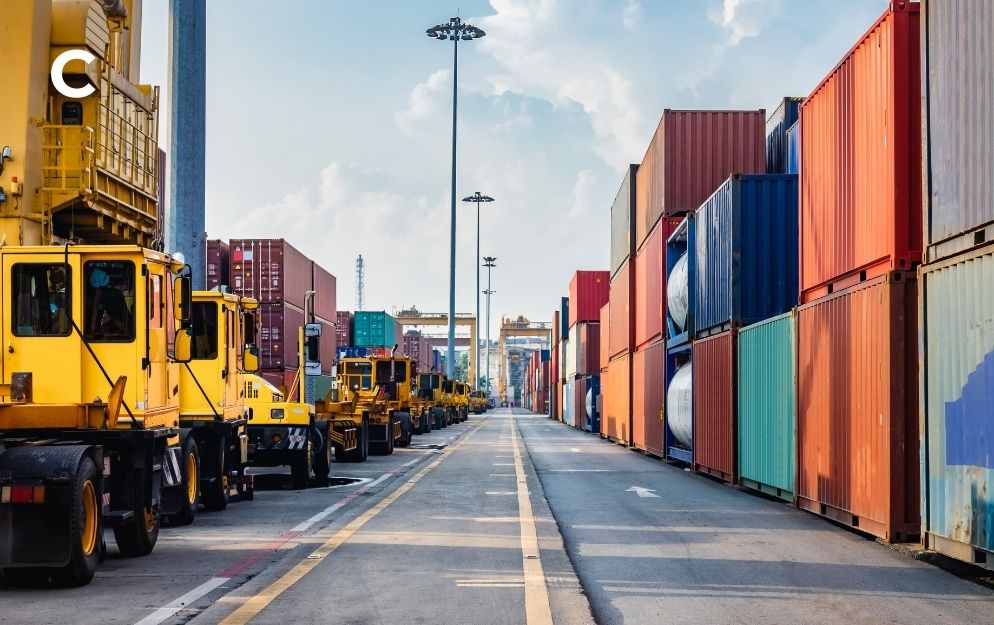
Step 5: Handover, Warranty, Maintenance, and Website Support
After guiding website usage, CanhCam officially hands over the website to you for operation. During usage, they will maintain regular contact to address any issues that may arise
With a comprehensive and closed-loop working process, CanhCam ensures that your website is completed in each step, avoiding system errors and ensuring stable operation when it goes live.
Conclusion
In conclusion, a strong logistics website design is essential for success in today's competitive market. It acts as your company's online hub, clearly communicating your services, dependability, and dedication to customer satisfaction.
A user-friendly website is key. This means having clear navigation, detailed information about your services, and the ability for customers to track shipments in real time.
Additionally, ensuring your website works flawlessly on mobile devices and incorporating features like interactive maps and customer login portals can greatly improve user experience and keep visitors engaged.
By focusing on these aspects, logistics companies can achieve several goals:
- Attract new customers and build trust.
- Retain existing customers by providing a smooth experience.
- Improve operational efficiency through features like online booking and tracking.
- Increase profitability by streamlining processes and attracting more business.

